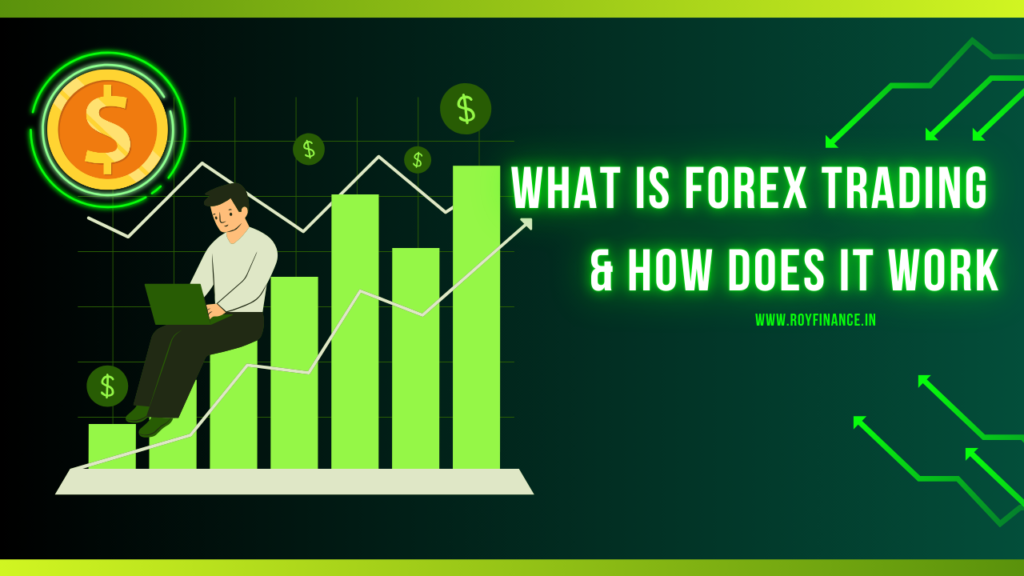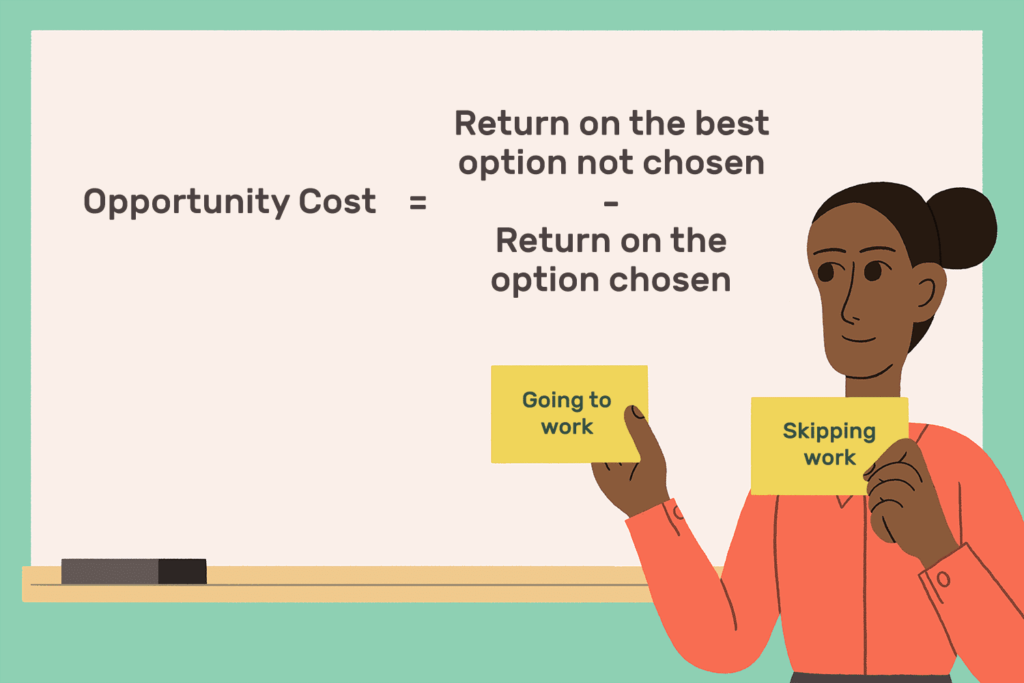What is Forex Trading and How Does It Work? A Comprehensive Guide

In today’s interconnected world, the financial markets have become more accessible than ever. Of the many options available, forex trading is one of the most popular and potentially profitable choices. Whether you are new to the world of trading or looking to expand your knowledge, it is important to understand what forex trading is and how it works. This guide will walk you through the basics, mechanics, and tips to help you get started on your forex trading journey.
What is Forex Trading?
What is forex trading and how does it work? Forex, short for “foreign exchange,” refers to the global market where national currencies are bought and sold. Unlike other financial markets such as stocks or commodities, forex trading involves the exchange of currency pairs. For example, when you trade the euro against the US dollar (EUR/USD), you are essentially betting on the value of the euro relative to the US dollar.
Forex trading takes place 24 hours a day, five days a week, and it is the largest and most liquid financial market in the world. The daily trading volume in the forex market is over $6 trillion, far exceeding the stock market and other financial exchanges.
In simple terms, what is Forex trading and how does it work? This allows individuals and entities to profit from fluctuations in the value of different currencies. For example, if you think the euro will strengthen against the US dollar, you can buy the EUR/USD currency pair. If the value of the euro actually rises, you can sell it at a higher price to make a profit.
The Mechanics of Forex Trading
Now that we have a basic understanding of what is Forex trading and how does it work,It is important to understand how this works in practice. Forex trading involves buying one currency and simultaneously selling another. These transactions are carried out in currency pairs, usually quoted as two currencies such as EUR/USD or GBP/JPY.
Currency Pairs
A currency pair consists of two currencies: the base currency and the quote currency. The base currency is the first currency in the pair, and the quote currency is the second. The price of a currency pair reflects how much of the quote currency is needed to buy one unit of the base currency.
For example:
- EUR/USD = 1.2000 means that 1 Euro (EUR) is equal to 1.20 US Dollars (USD).
- GBP/JPY = 150.00 means that 1 British Pound (GBP) is equal to 150 Japanese Yen (JPY).
There are three main types of currency pairs:
- Major pairs: These include the most traded currencies, such as the US dollar, euro, Japanese yen, British pound, etc. Examples include EUR/USD, USD/JPY, and GBP/USD.
- Minor Pairs: These include currencies from smaller economies. Examples include EUR/GBP, EUR/AUD, and GBP/JPY
- Exotic Pairs: These pair a major currency with an emerging market currency. Examples include USD/TRY (US Dollar/Turkish Lira) or EUR/ZAR (Euro/South African Rand).
The Bid and Ask Price
When trading forex, you will encounter two main prices: the bid price and the ask price. The bid price is the price at which the market will buy the base currency from you, while the ask price is the price at which the market will sell the base currency to you.
The difference between these two prices is called the spread, and it reflects the transaction costs for entering and exiting a trade. A narrow spread means lower transaction costs, which is typically found in major currency pairs, while exotic pairs have wider spreads due to less liquidity.
Leverage and Margin
One of the unique aspects of forex trading is the ability to use leverage. Leverage allows traders to control larger positions with less capital. In forex trading, this is typically done through a margin account.
For example, with a leverage of 50:1, a trader can control $50,000 in the market with just $1,000 of his own capital. While this can increase potential profits, it also increases the risk of significant losses.
The Role of Brokers
What is Forex trading and how does it work on a practical level? Forex trading is typically done through brokers who act as intermediaries between individual traders and the interbank market. These brokers provide trading platforms, access to the forex market and sometimes provide educational resources to help traders make informed decisions.
Brokers may also offer different types of accounts, such as standard accounts, mini accounts and micro accounts, depending on how much capital you wish to invest. They also offer leverage, spreads and commissions, which vary from broker to broker.
How Does Forex Trading Work?
To effectively engage in forex trading, traders must make decisions based on analysis of market trends, economic indicators and geopolitical factors that can influence currency values. But how does Forex trading work in practical terms? Let’s break it down.
Step 1: Choosing a Currency Pair
The first step in forex trading is to select a currency pair that you think will fluctuate in value. Based on your market research and analysis, you may predict that the value of one currency will rise relative to another. For example, if you expect the US dollar to rise against the euro, you may decide to trade the USD/EUR pair.
Step 2: Analysis
Successful Forex traders rely on two primary forms of analysis to predict price movements:
- Fundamental Analysis: This includes studying economic data such as interest rates, inflation, GDP growth and employment statistics, as well as political events and other global factors that can affect currency values. For example, when the Federal Reserve raises interest rates, this can cause the US dollar to strengthen against other currencies.
- Technical Analysis: This involves analyzing price charts and historical price data to identify patterns and trends. Technical analysts determine the best time to enter and exit a trade by using indicators such as moving averages, the Relative Strength Index (RSI), and Fibonacci retracements.
Step 3: Placing a Trade
Once you have chosen a currency pair and done your analysis, you can trade through your forex broker’s trading platform. You will need to decide whether to go long (buy) or short (sell) the currency pair, depending on whether you think the value of the base currency will rise or fall.
For example:
- If you think the euro will strengthen against the US dollar, you would buy the EUR/USD pair.
- If you believe the euro will weaken against the US dollar, you would sell the EUR/USD pair.
Step 4: Managing Risk
A key factor in successful forex trading is effective risk management. Traders can use stop-loss orders and take-profit orders to limit potential losses and lock in profits. A stop-loss order is an instruction to exit a trade if the market moves against you by a certain amount, while a take-profit order closes a trade when a predetermined profit target is reached.
Step 5: Closing the Trade
The final step in forex trading is to close your position. If the market has moved in your favor, you can close your trade and lock in your profits. If the market has moved against you, you can close the trade to minimize further losses.
Tips for Successful Forex Trading
What is Forex trading and how does it work is only part of the equation. To be successful in forex, you need to take a disciplined approach. Here are some tips to help you in the forex market:
- Start Small:If you are new to forex trading, start with a demo account or trade small amounts to minimize risk while you learn the nuances.
- Stay Informed: Stay aware of global economic news, interest rate decisions and geopolitical events that can impact currency values.
- Use Risk Management Tools: Always use stop-loss and take-profit orders to manage risk effectively.
- Develop a Trading Plan: Successful traders create a clear trading plan with defined entry and exit strategies based on the analysis.
- Practice Patience: Forex trading is not about making quick profits. It is about making informed decisions and sticking to your trading strategy.
Conclusion
In conclusion, what is Forex trading and how does it work? Forex trading offers traders exciting opportunities to profit from currency fluctuations. By understanding the basics of what forex trading is and how it works, you can put yourself in a position to make informed decisions and manage risk effectively. Whether you are trading major pairs or exotic currencies, the key to success in forex is a combination of research, strategy, and risk management. Always remember that forex trading is not a guaranteed way to make money, but with the right knowledge and approach, it can be a rewarding venture.
Must read
https://royfinance.in/the-new-tax-regime-2025-a-complete-guide/
https://allchemy.me/moringa-powder-how-to-use-benefits-and-disadvantages


